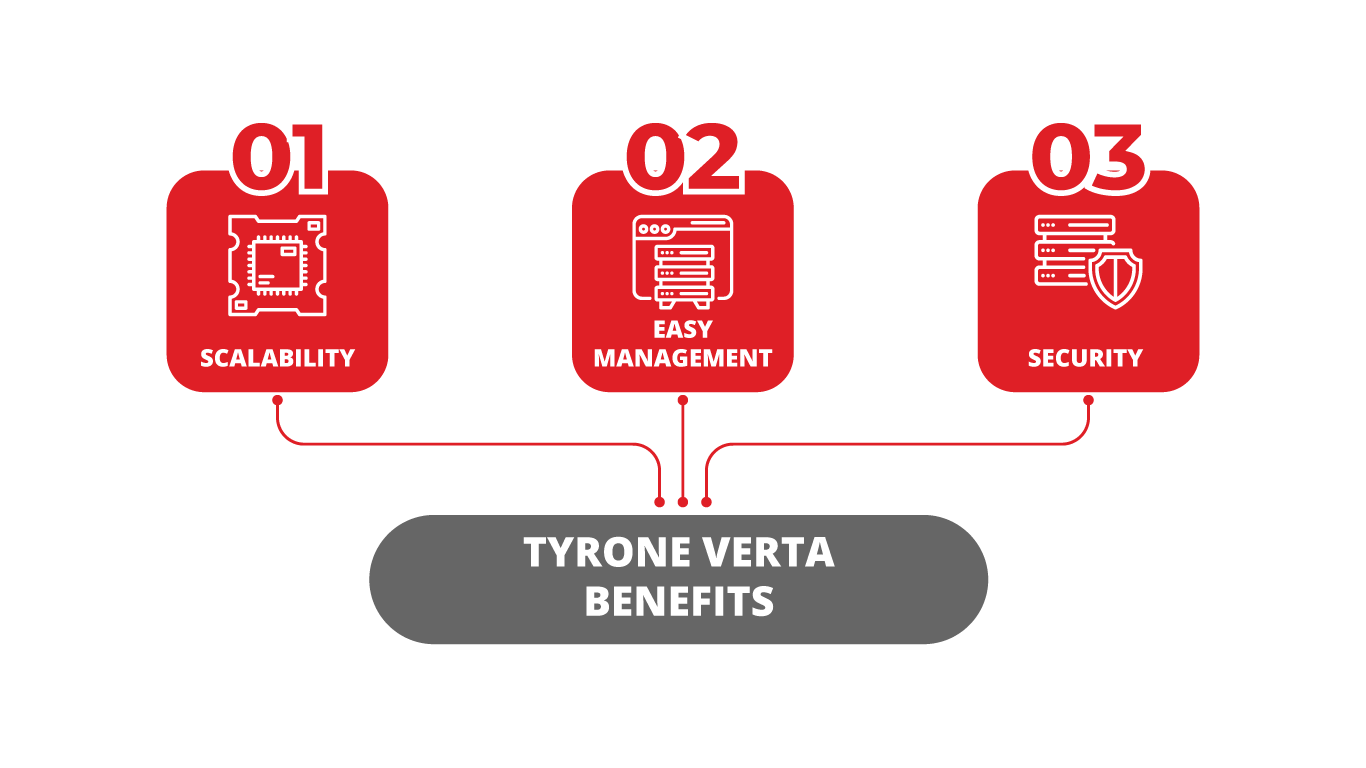
Organizations are facing tremendous growth in data which continues to double every three years as the information flows in from different sources such as wireless sensors, virtual reality applications, digital media platforms, mobile phones, etc. The storage capacity of this large volume of data is becoming a real challenge in every industry.
Telecommunications and ISPs need to manage massive data coming from a human, their connected devices, and the Internet. The exceptional amount of data is used to personalize the user experience to provide additional privacy services. Therefore, they require an appropriate storage solution that can help in storing and analyzing these data.
Surveillance cameras are used in airports with tighter security. Footage of fatal shootings is cut or edited and often lost due to poor storage handling. Organizations are facing storage challenges for an infinite amount of time, with the increase of video surveillance and its maintenance cost. Video surveillance data are extremely demanding on the storage infrastructure. It is difficult to handle the massive data and to build the infrastructure that supports unforeseen enhancements in the future.
The two most popular storage architecture dominating the hardware industry are NAS and SAN. NAS and SAN are complementing as they are vying for market share and serving diverse needs while presenting usage options to the organization. Many organizations use both storage technology. Many IT companies need to optimize their storage architectures and the expenditure to suit their priority requirements.
Organizations having diverse workloads need to address the requirements for their virtual environments, it is important to select a better option of storage technology. For a large scale virtual environment, you can opt for either NAS or SAN. NAS can be used where you want to clone many virtual hosts whereas SAN provides better availability and resiliency.
The type of technology being used in your virtual environment plays a role in scaling out as well. Converged infrastructure combines network, server, and storage into a single unit, and hyper-convergence takes this a step further by taking a software-centric infrastructure that integrates all these components into commodity hardware that is grown in a scaled-out fashion. Cloud also takes this a step further since the hardware is no longer the commodity, but instead CPU cycles, storage IO and network IO are.
For these types of situations, organizations either add storage that does not match effectively to the application or deploy separate storage networks for each application. New solutions offer flexibility by supporting multiple storage types that come from a variety of vendors. With the increased storage demand, organizations need to grow more resources that require adding up more processing power or connections and disk storage capacity.
VERTA is a combination of SAN, NAS, and VTL storage systems that deliver high availability for data-rich industries such as telecommunications, media, video surveillance etc. Empowering your hardware with its core technology of Fluid OS, storage software layer built over hardened Linux OS developed to ensure a high level of performance and data availability.
• Scalability - - Storage capacity can be easily scaled in Verta by adding JBOD units to the primary storage. Therefore, it is highly useful for the customers who require performance scaling as well as capacity scaling, multiple Verta can be clustered together.
• Easy Management - VERTA provides interactive and easy management through web-based GUI management.
• Security - Provides high-level data protection and redundancy.